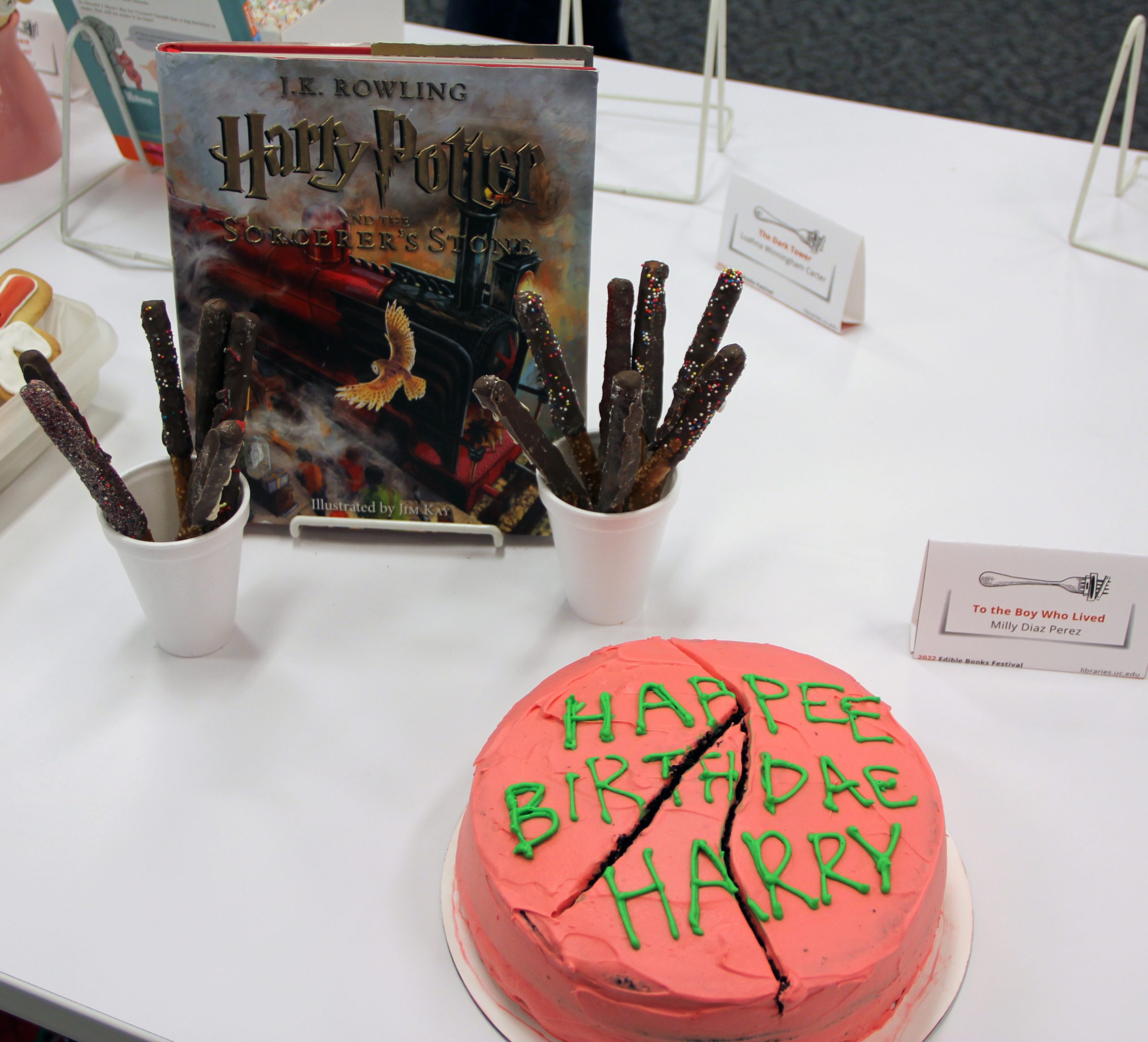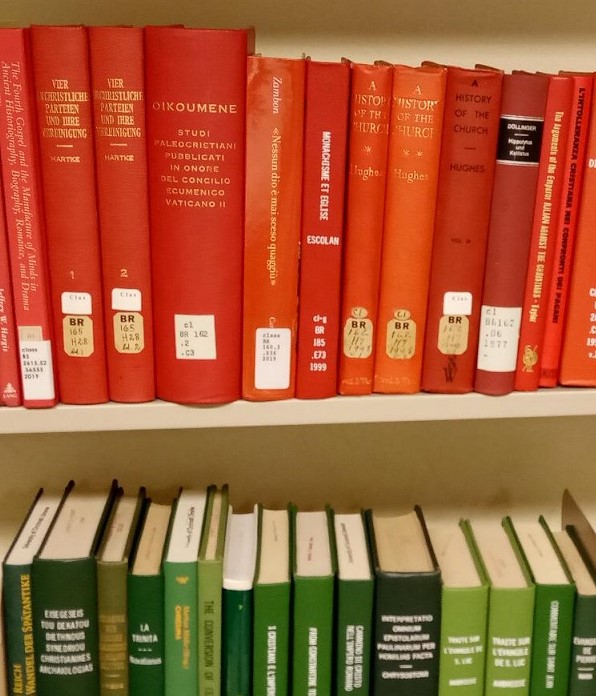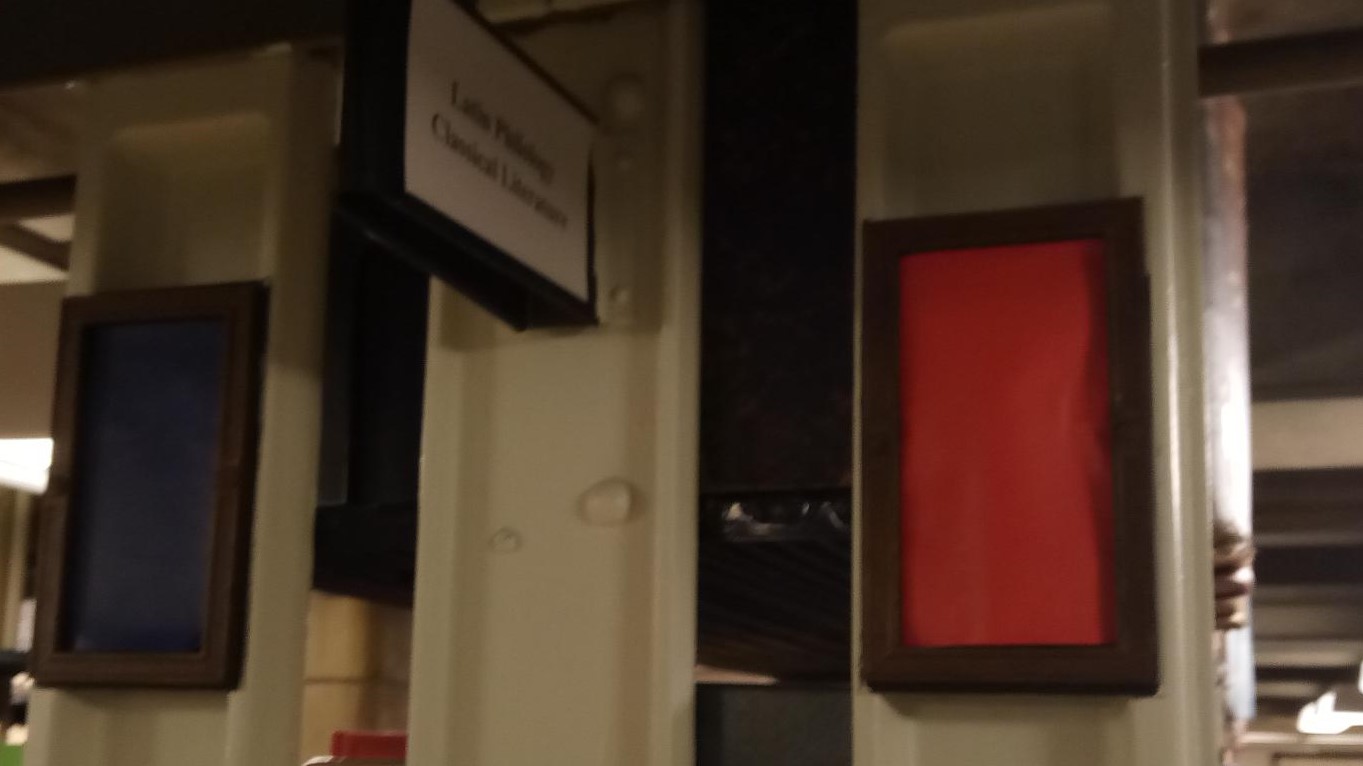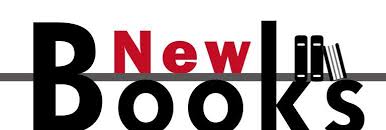The Donald C. Harrison Health Sciences Library of the University of Cincinnati is promoting the National Institute of Health’s Minority Health Month.
2022’s theme is “Give Your Community a Boost.”
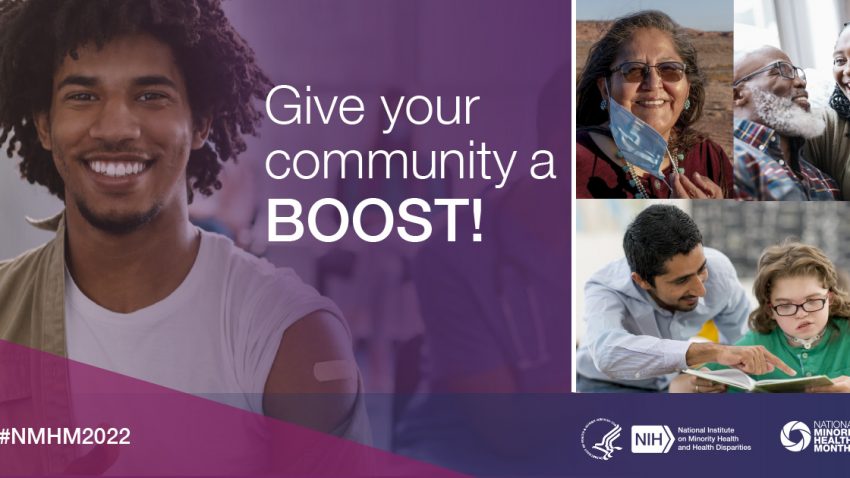
NIH Promotional poster of healthy looking people from various minority groups, one with a band-aid and one with a mask, and one working with an immunocompromised child to communicate the importance of receiving a booster shot for Covid-19.
For information on Covid-19 vaccines in our community, please visit:
For members of the University of Cincinnati:
https://med.uc.edu/landing-pages/university-health/coronavirus/covid-19-vaccine-update
For citizens of Cincinnati, OH:
https://www.cincinnati-oh.gov/health/covid-19/vaccine-information-sign-up/
For anyone: https://www.cdc.gov/coronavirus/2019-ncov/vaccines/facts.html
For more information on how Covid-19 affects minority communities:
https://www.nimhd.nih.gov/programs/covid-19/index.html
For more information on programs related to Minority Health Month, please visit: https://www.nimhd.nih.gov/programs/edu-training/nmhm/
Please take care of yourselves and stay healthy through the Pandemic! Although numbers are currently down in the USA, the Covid-19 Pandemic is not over.
Keep track of numbers around the world here: https://coronavirus.jhu.edu/map.html

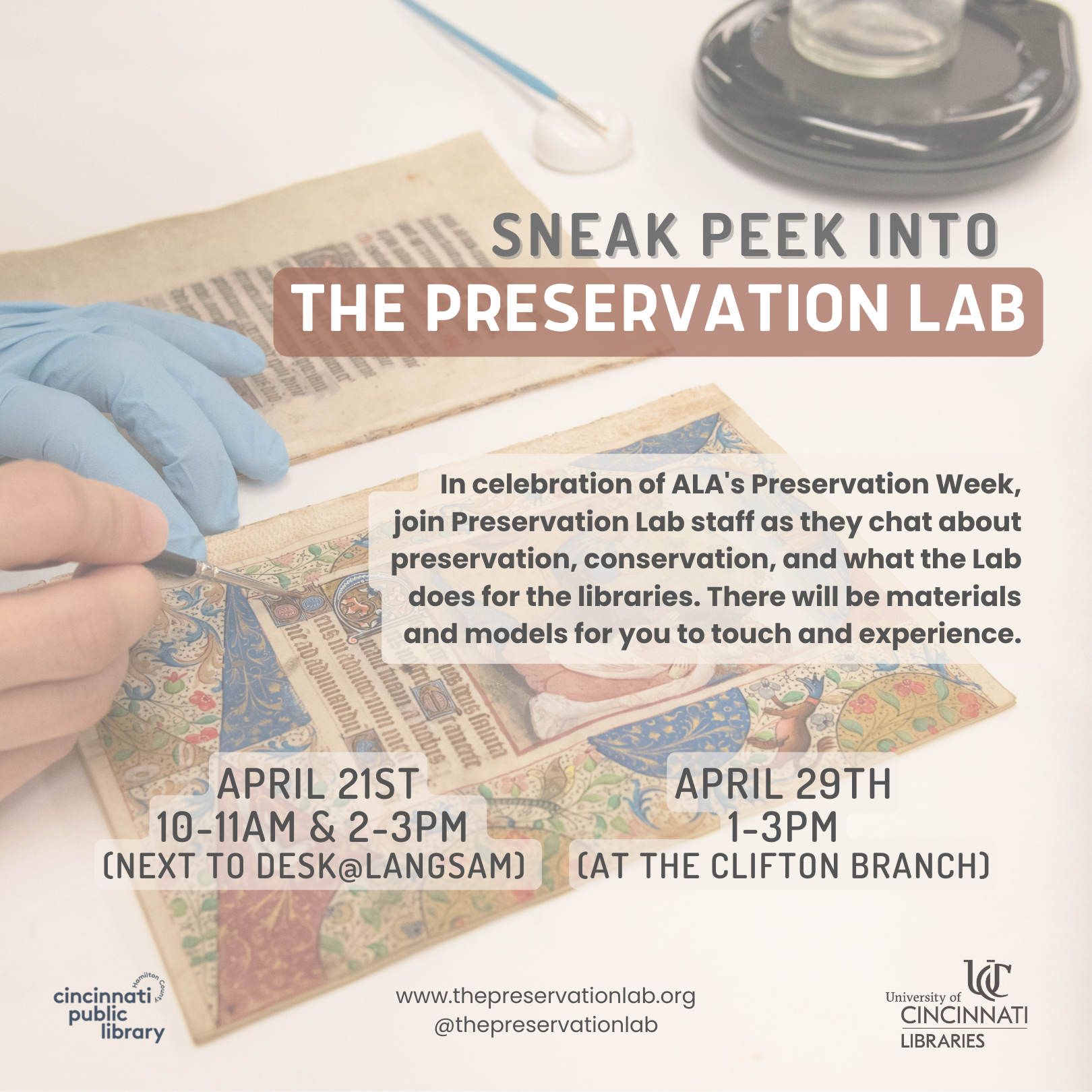
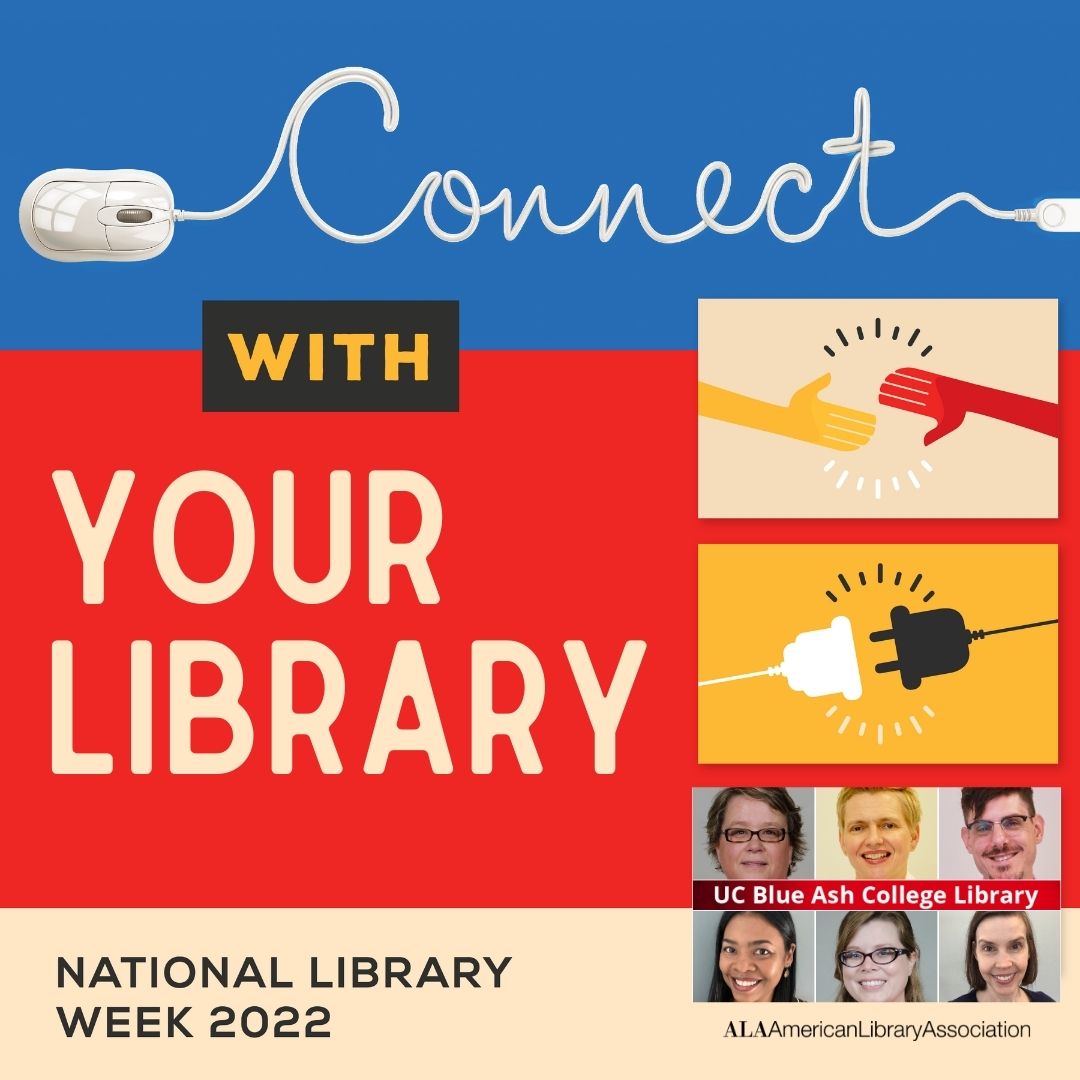
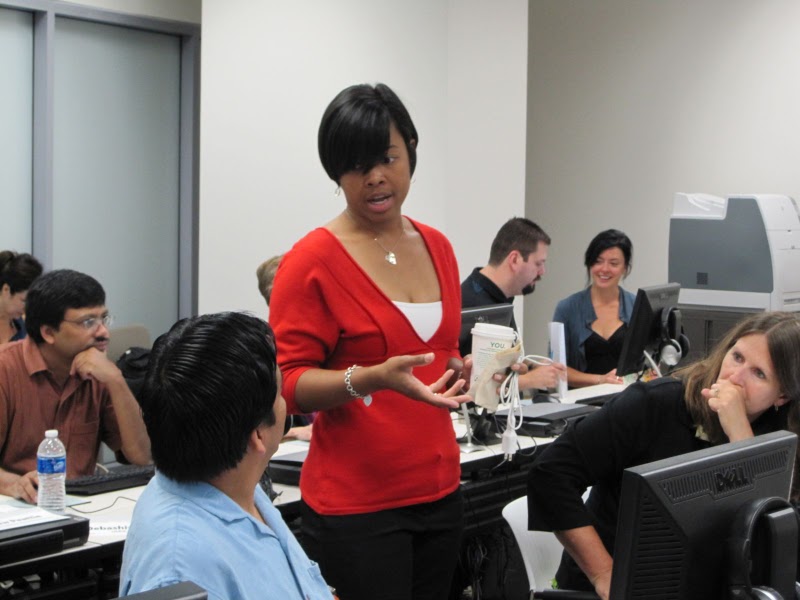
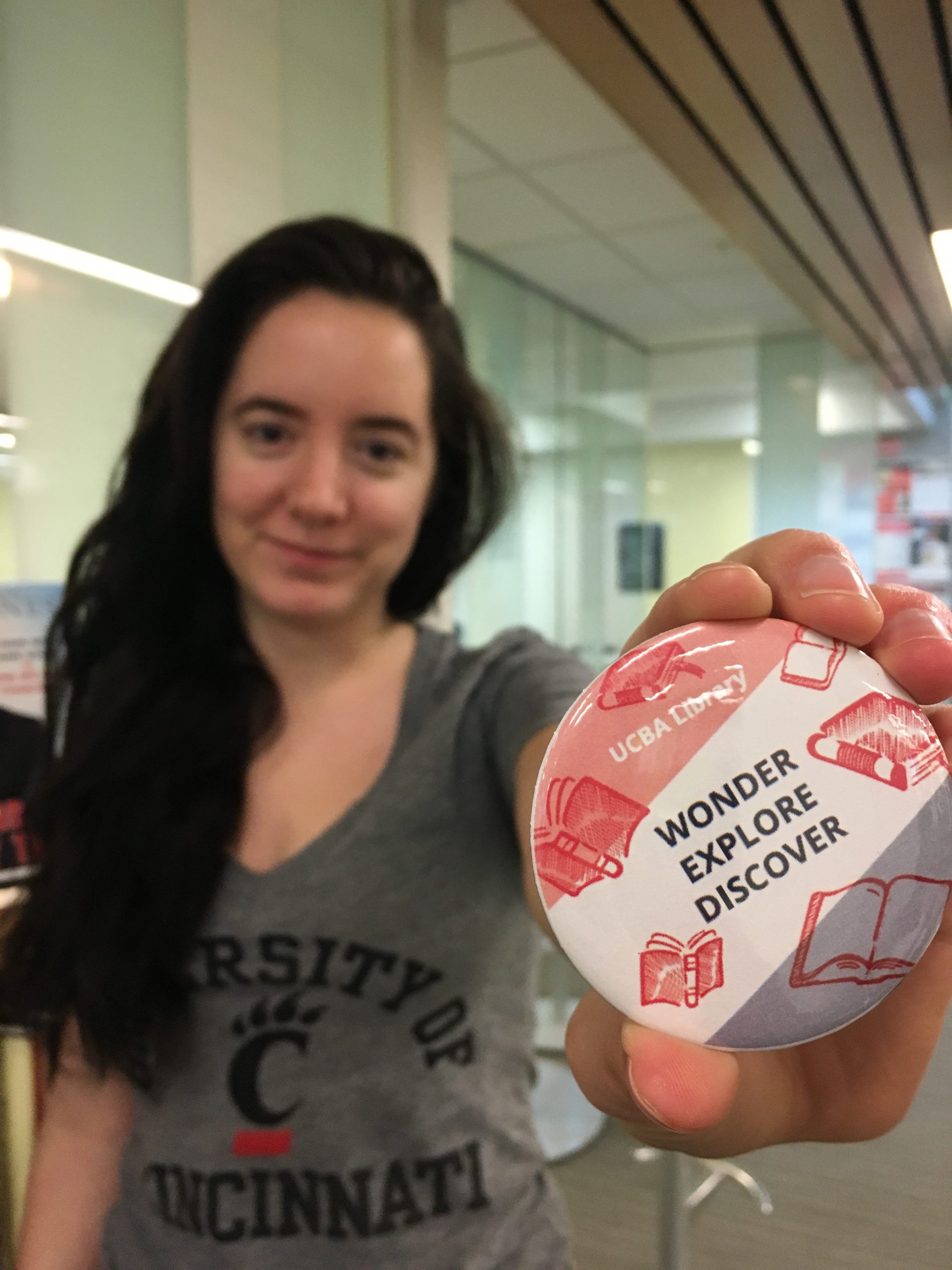
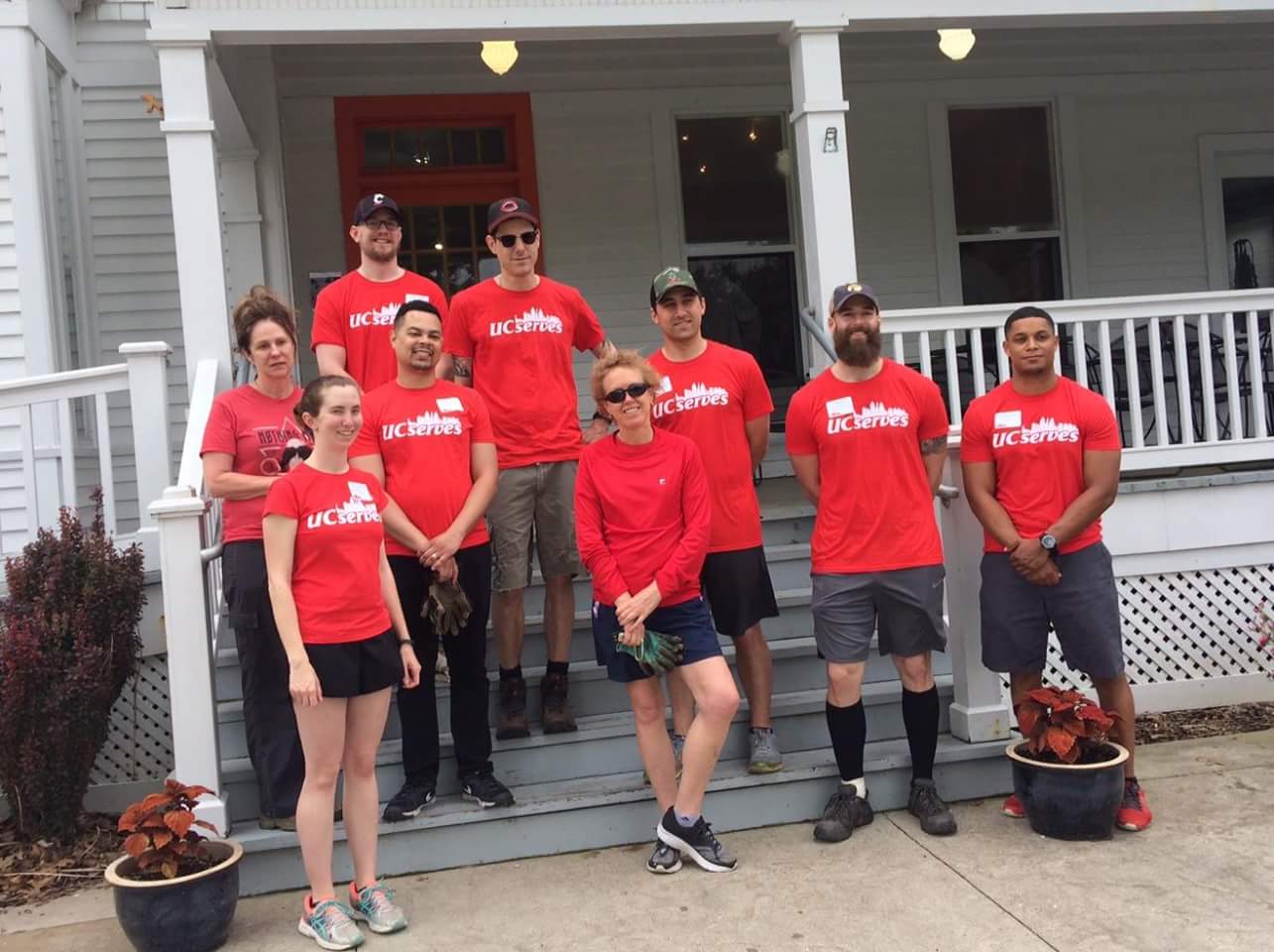
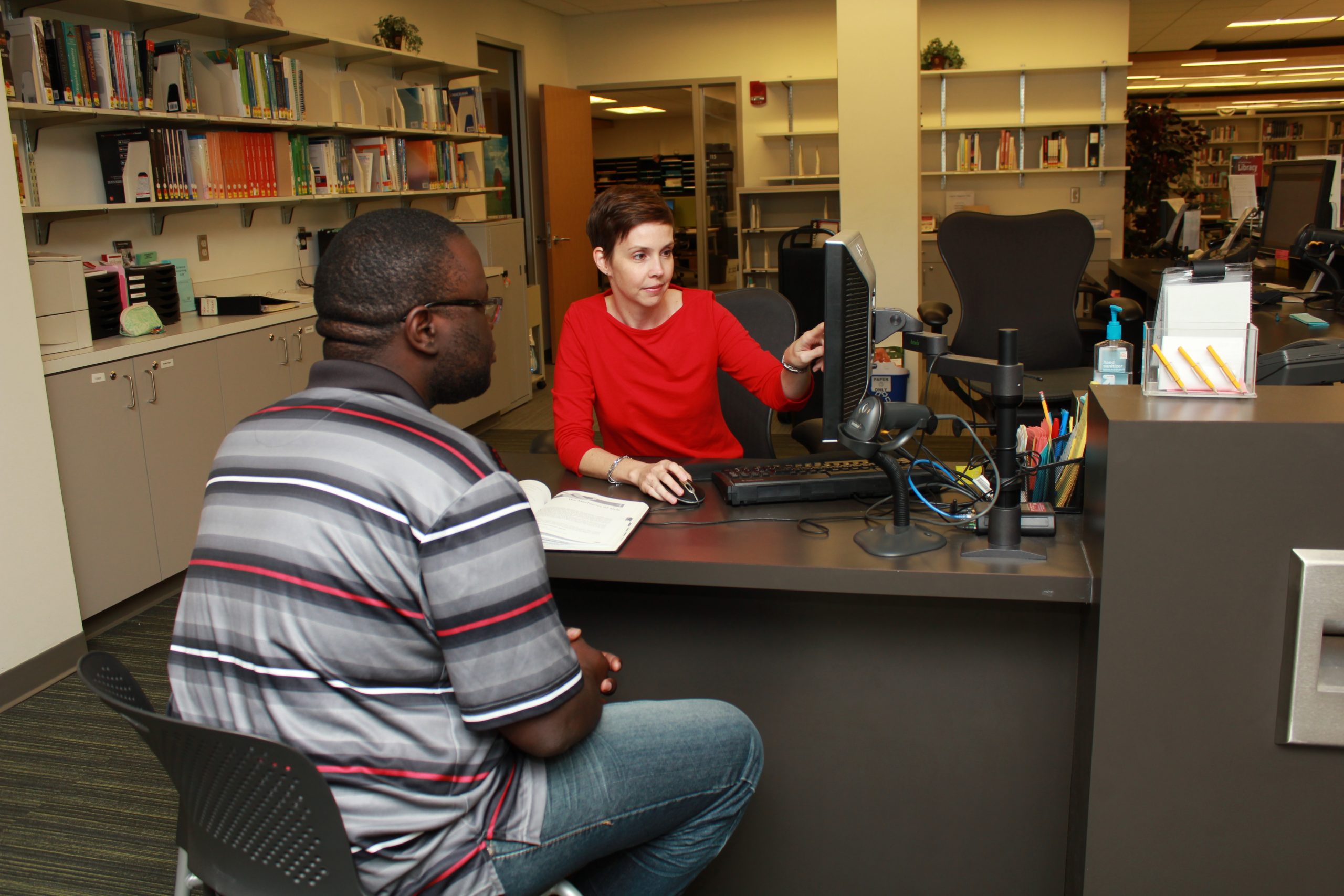
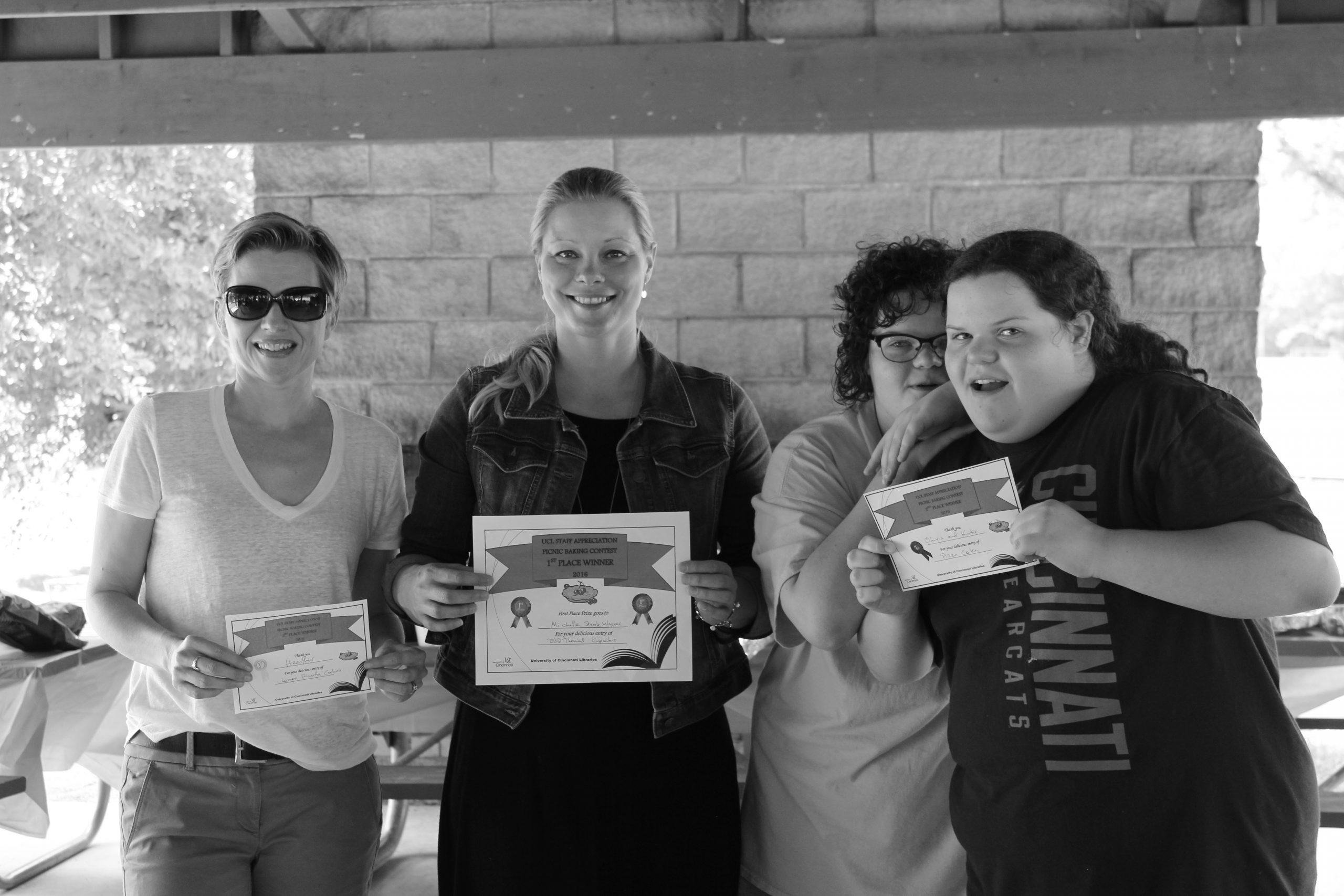



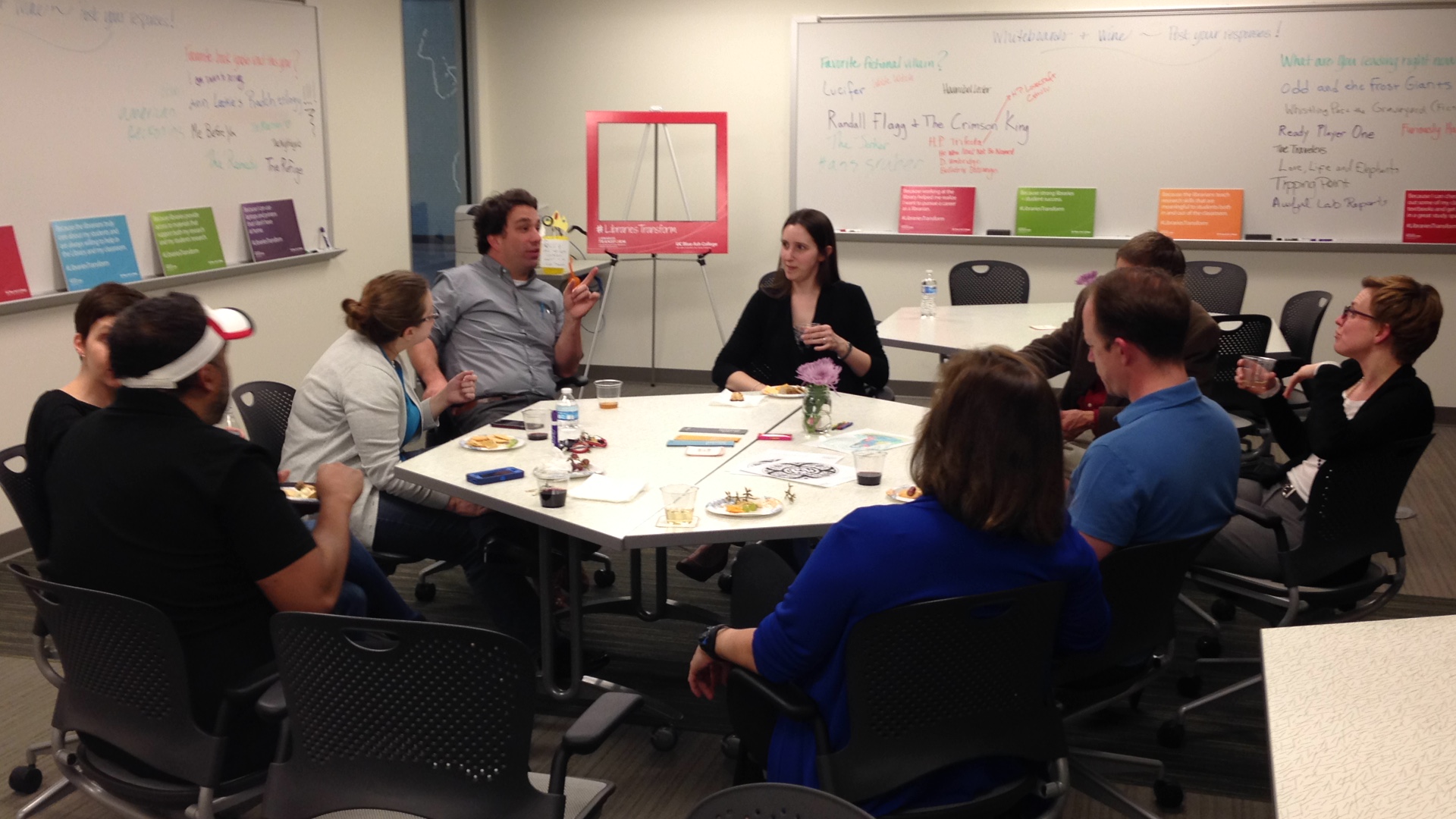
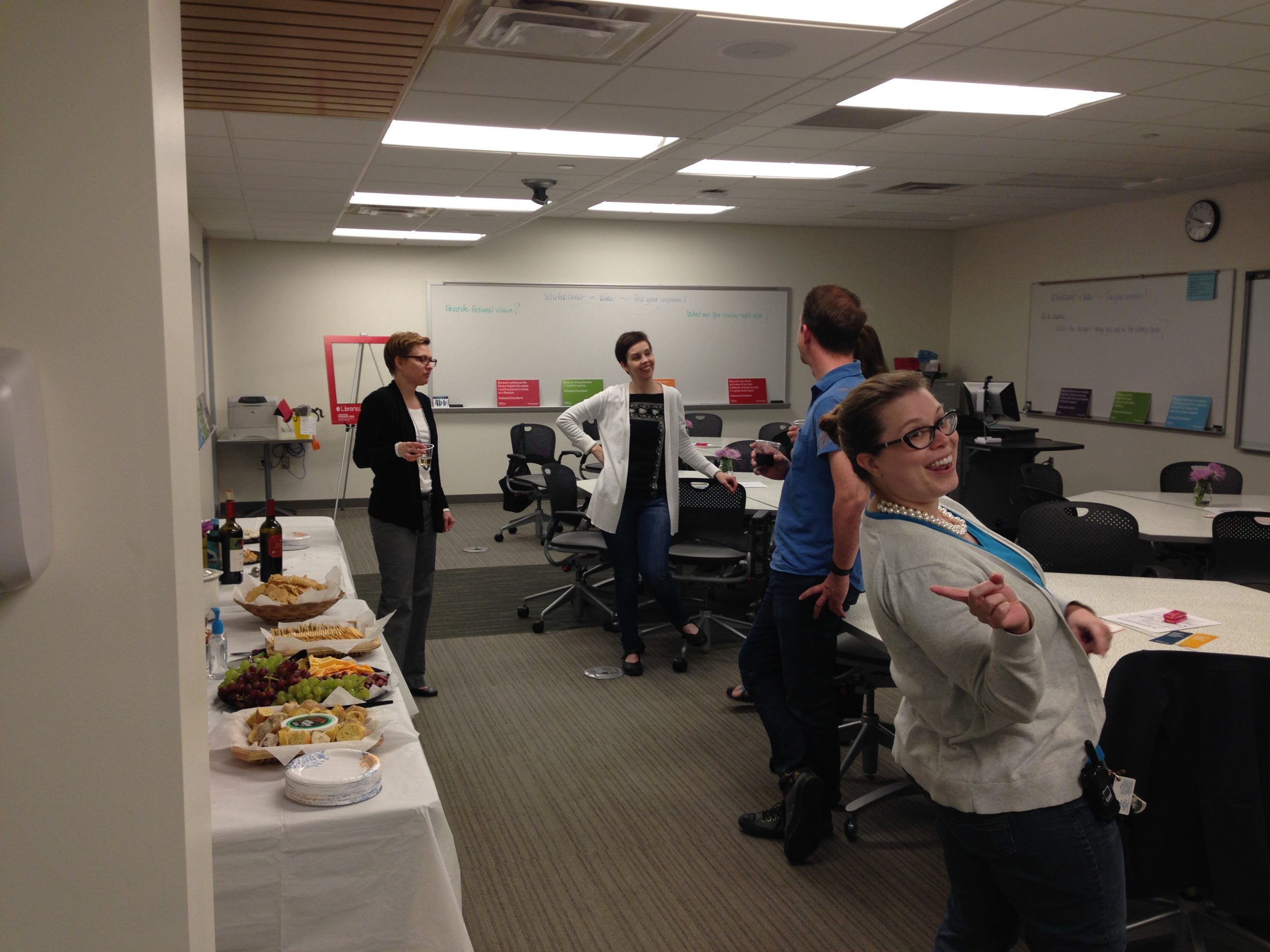
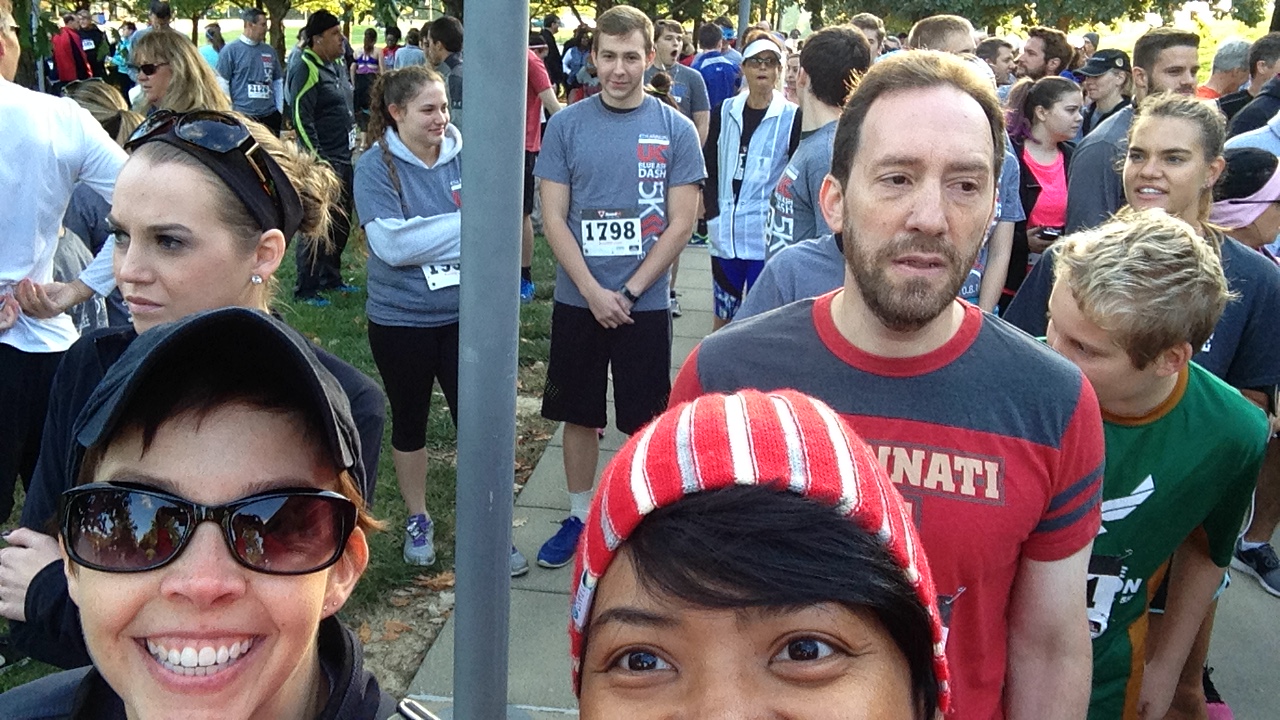
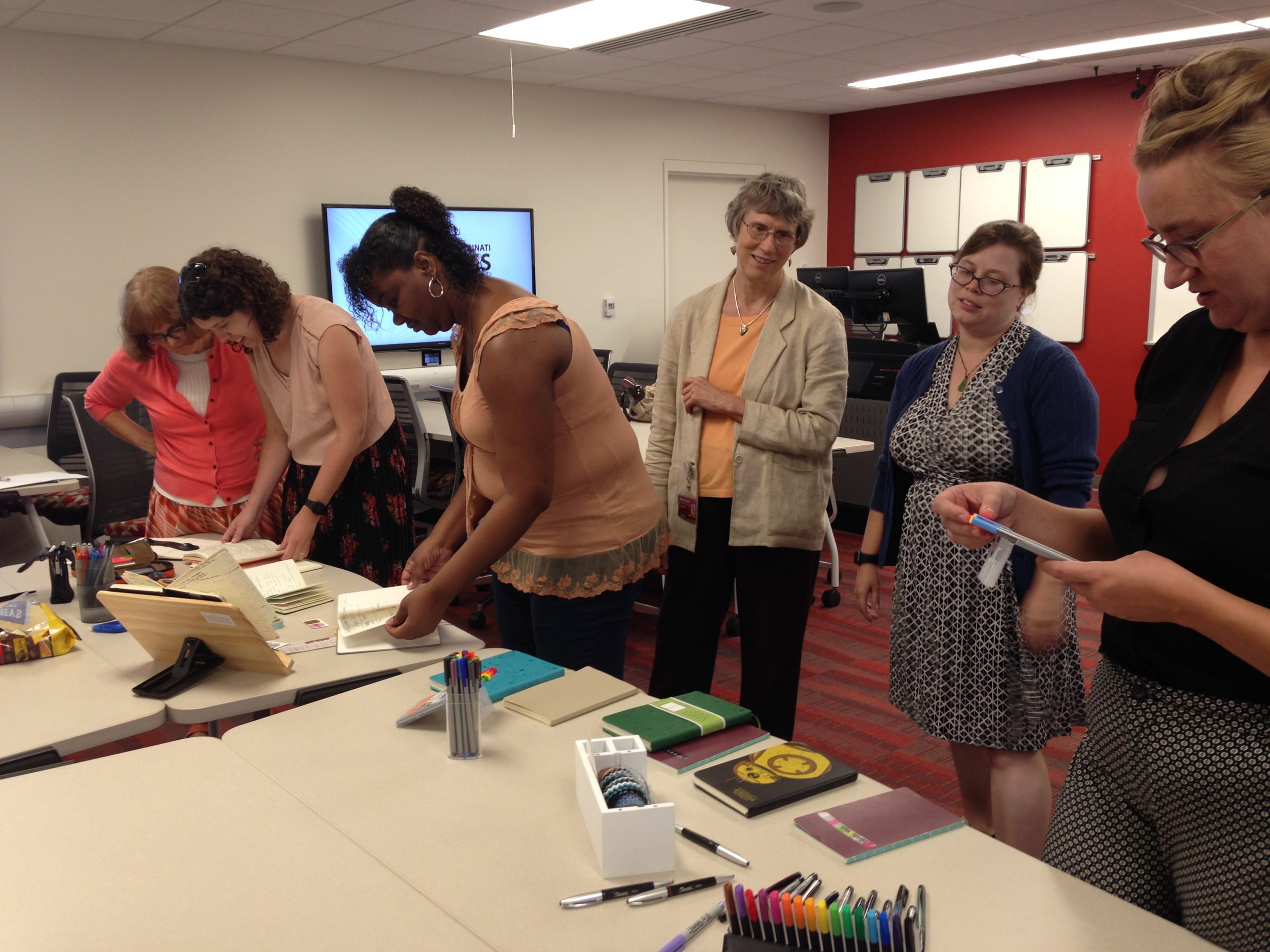
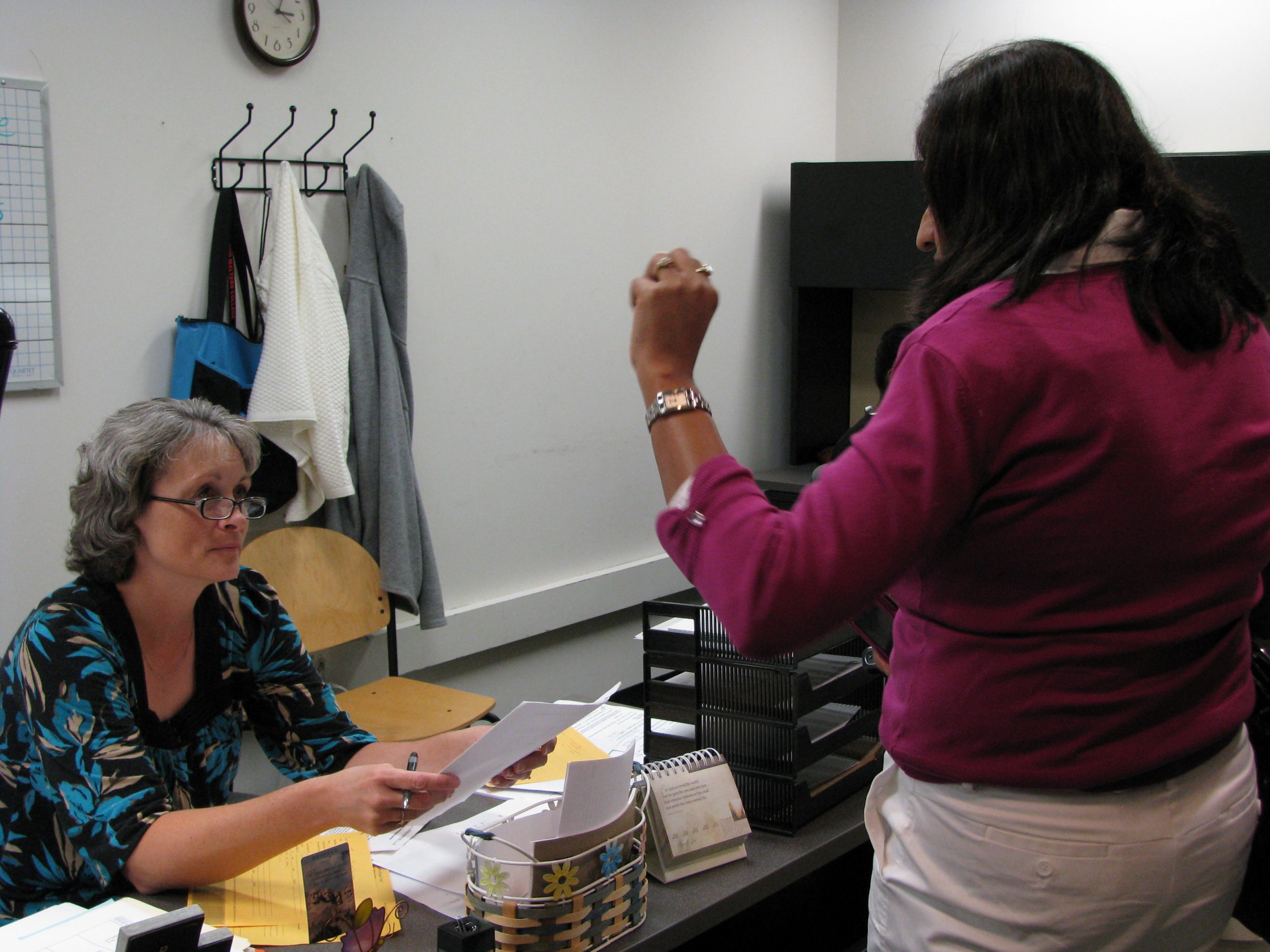
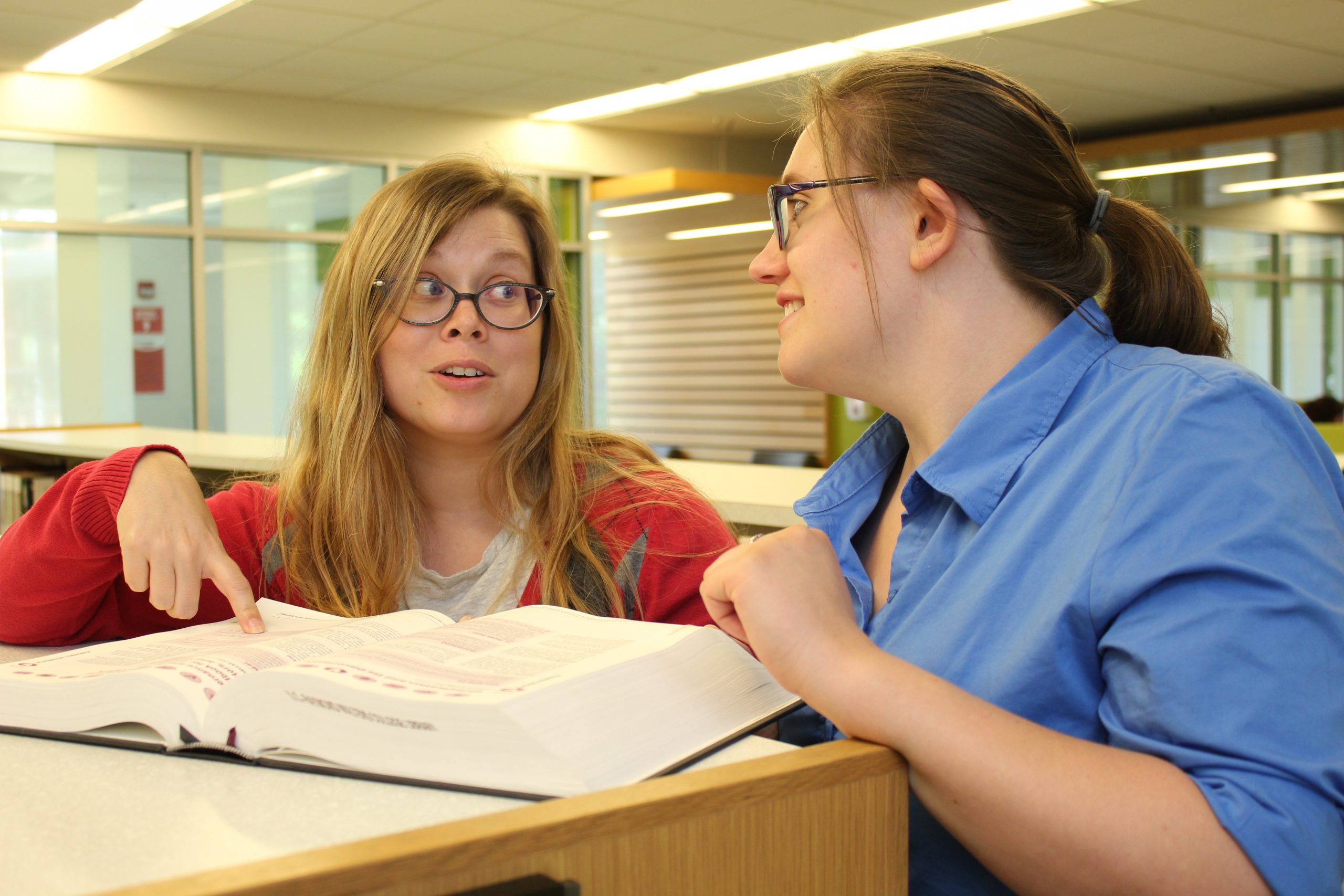
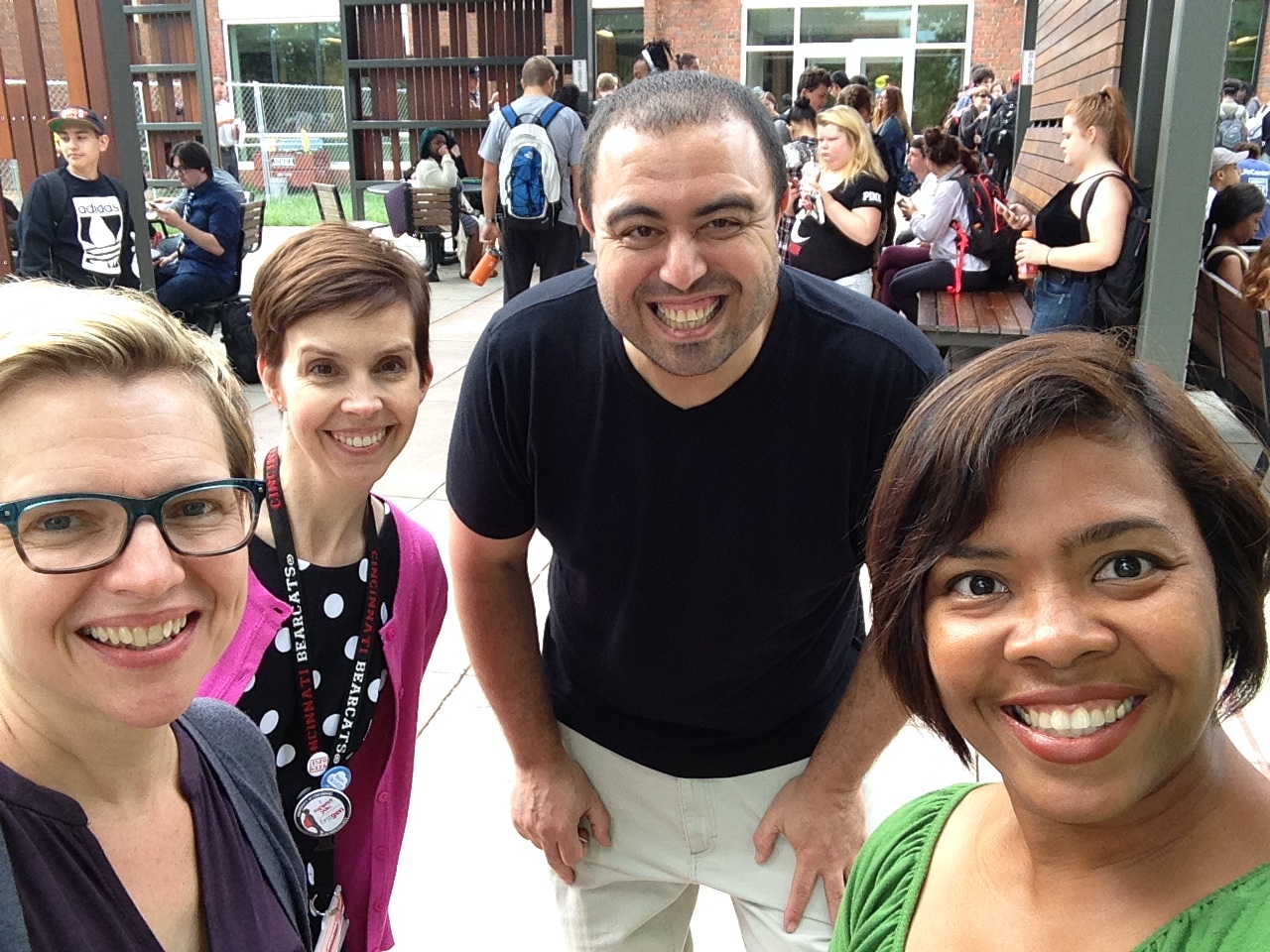
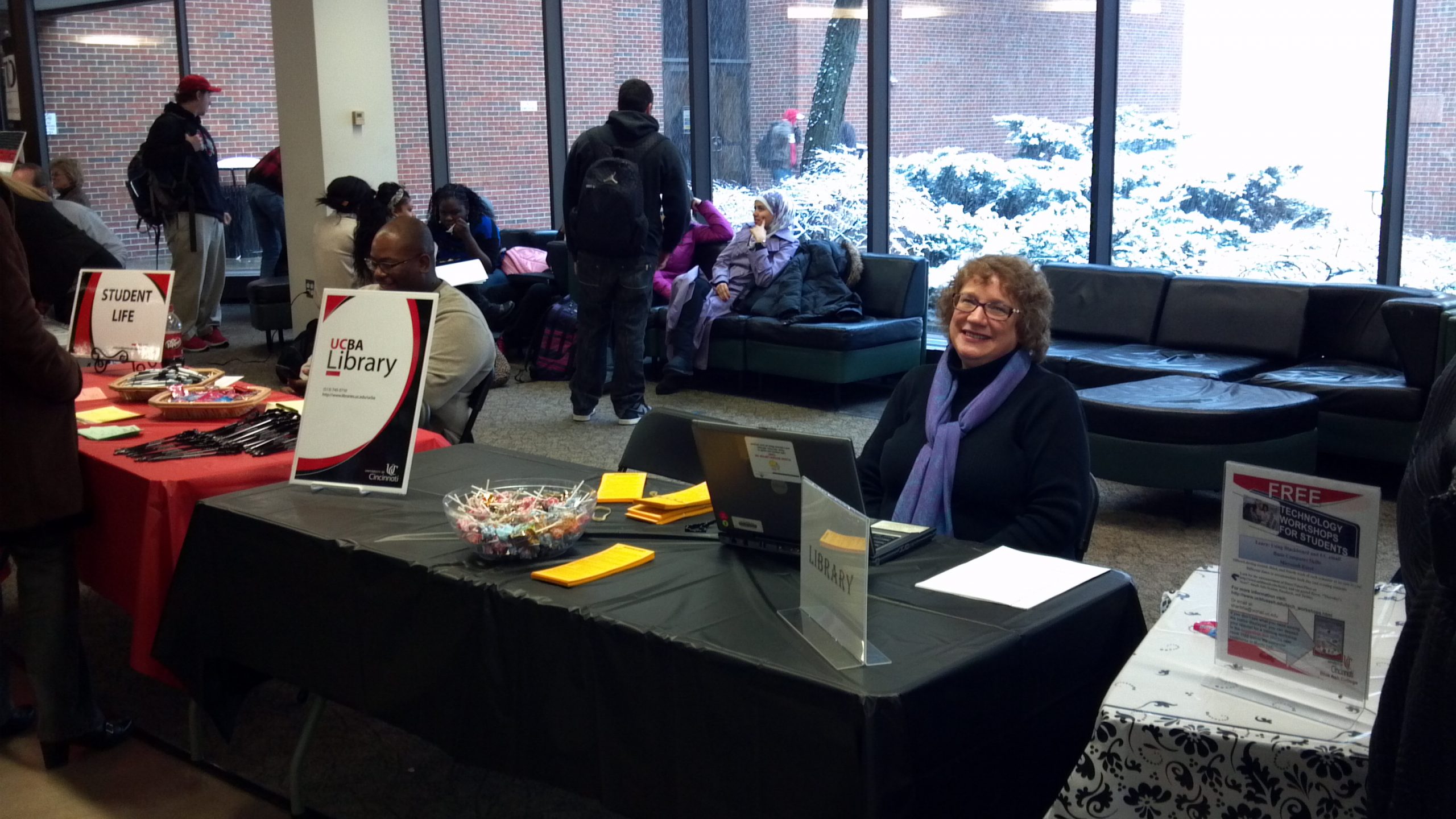
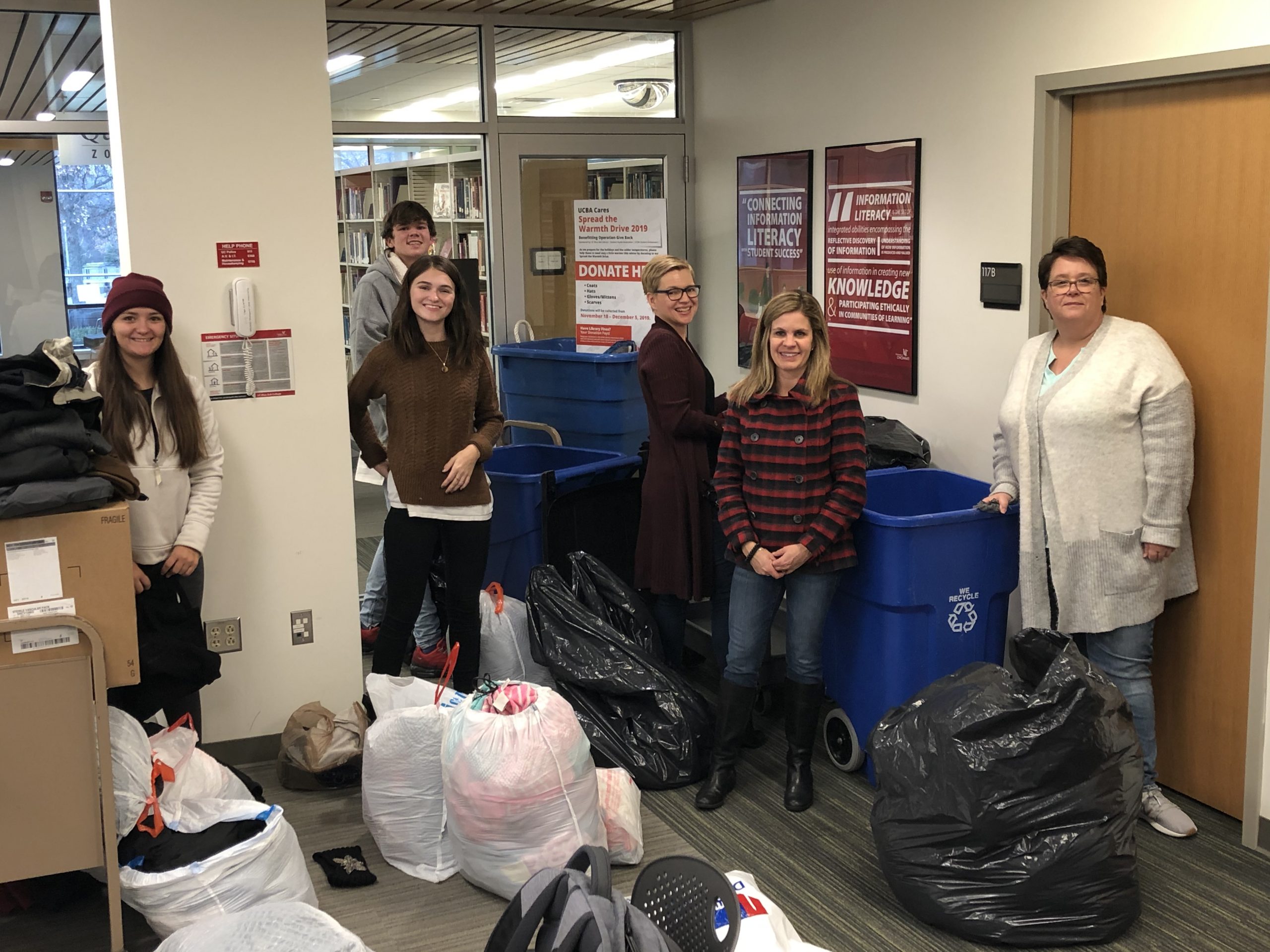
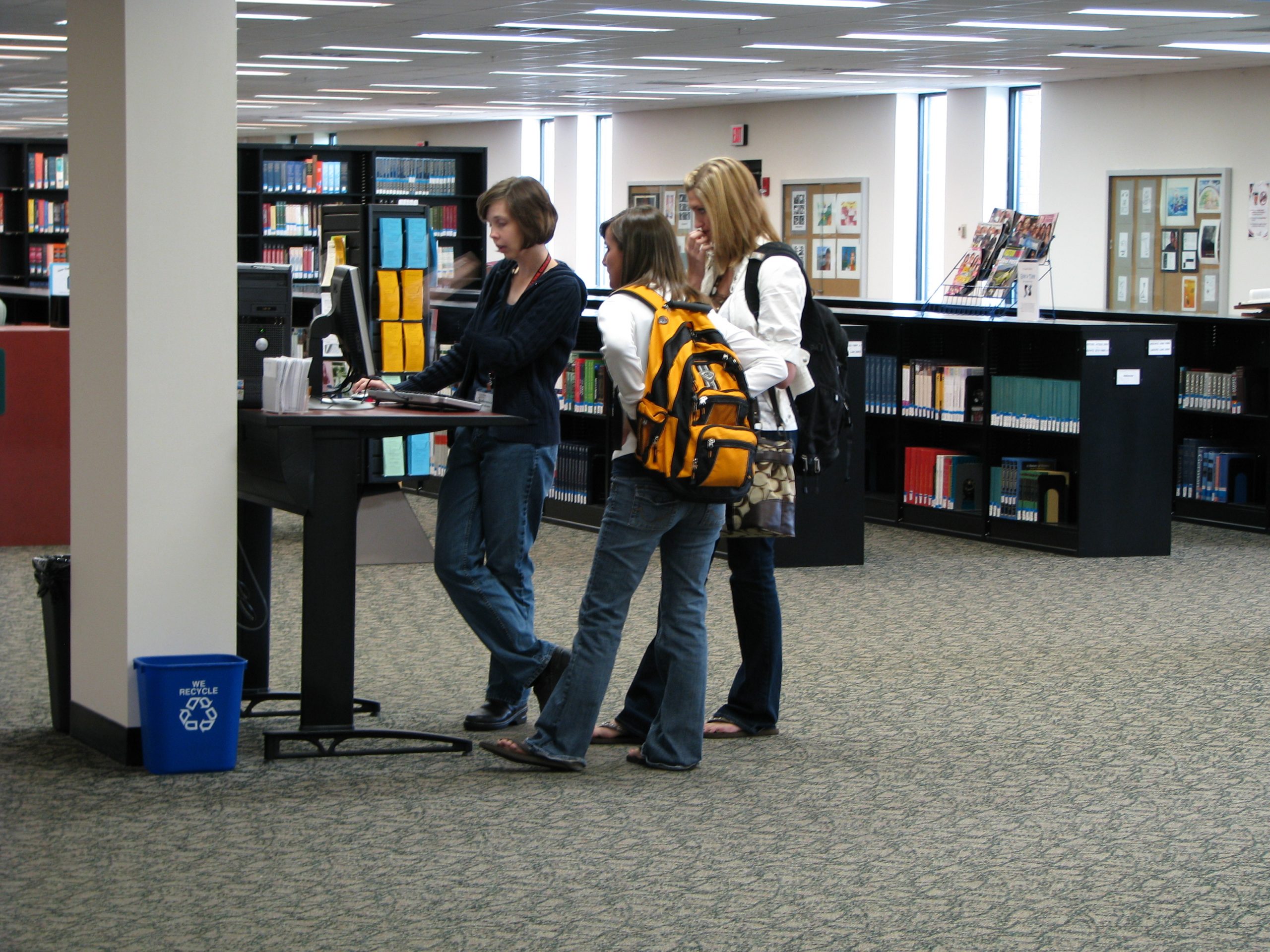
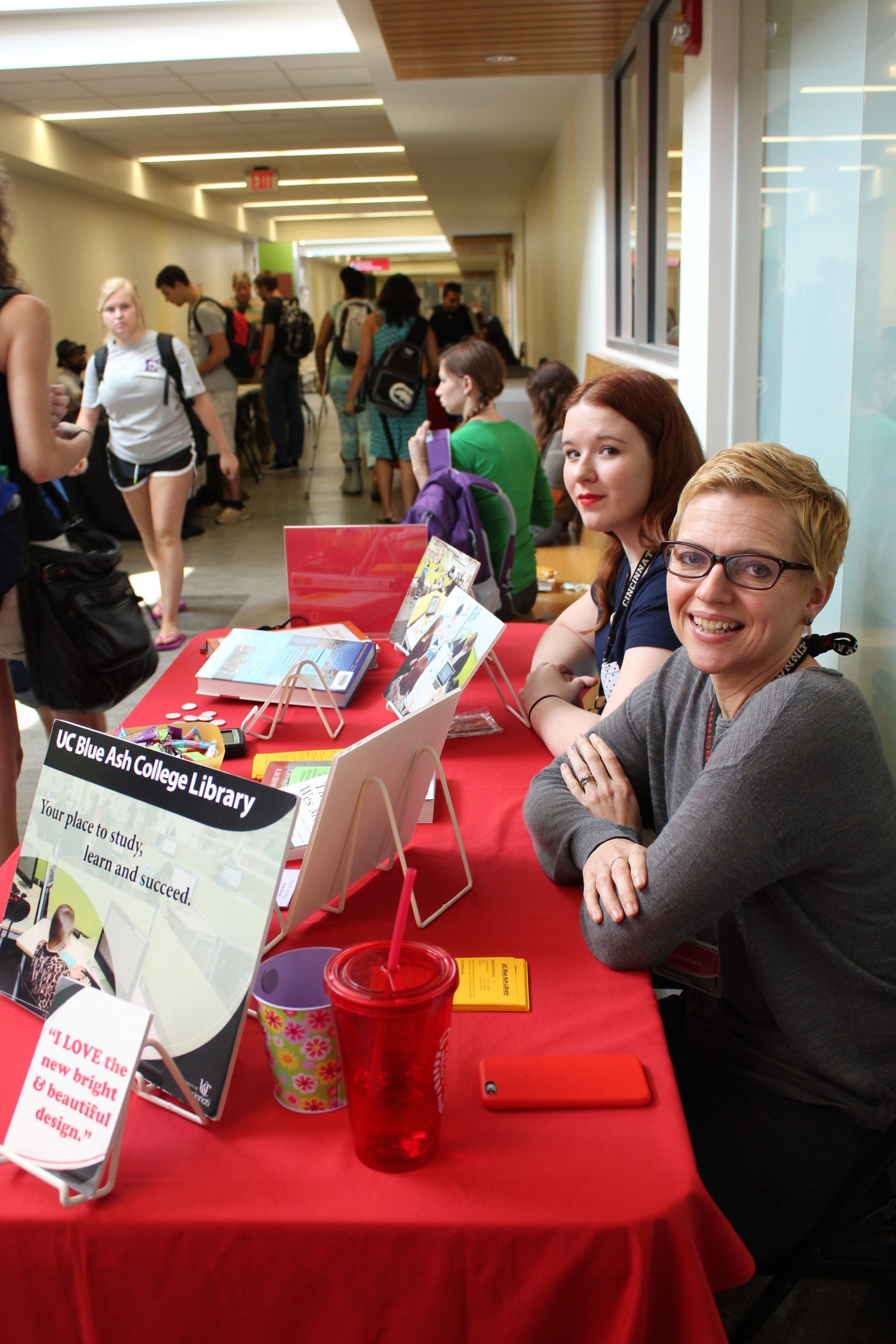

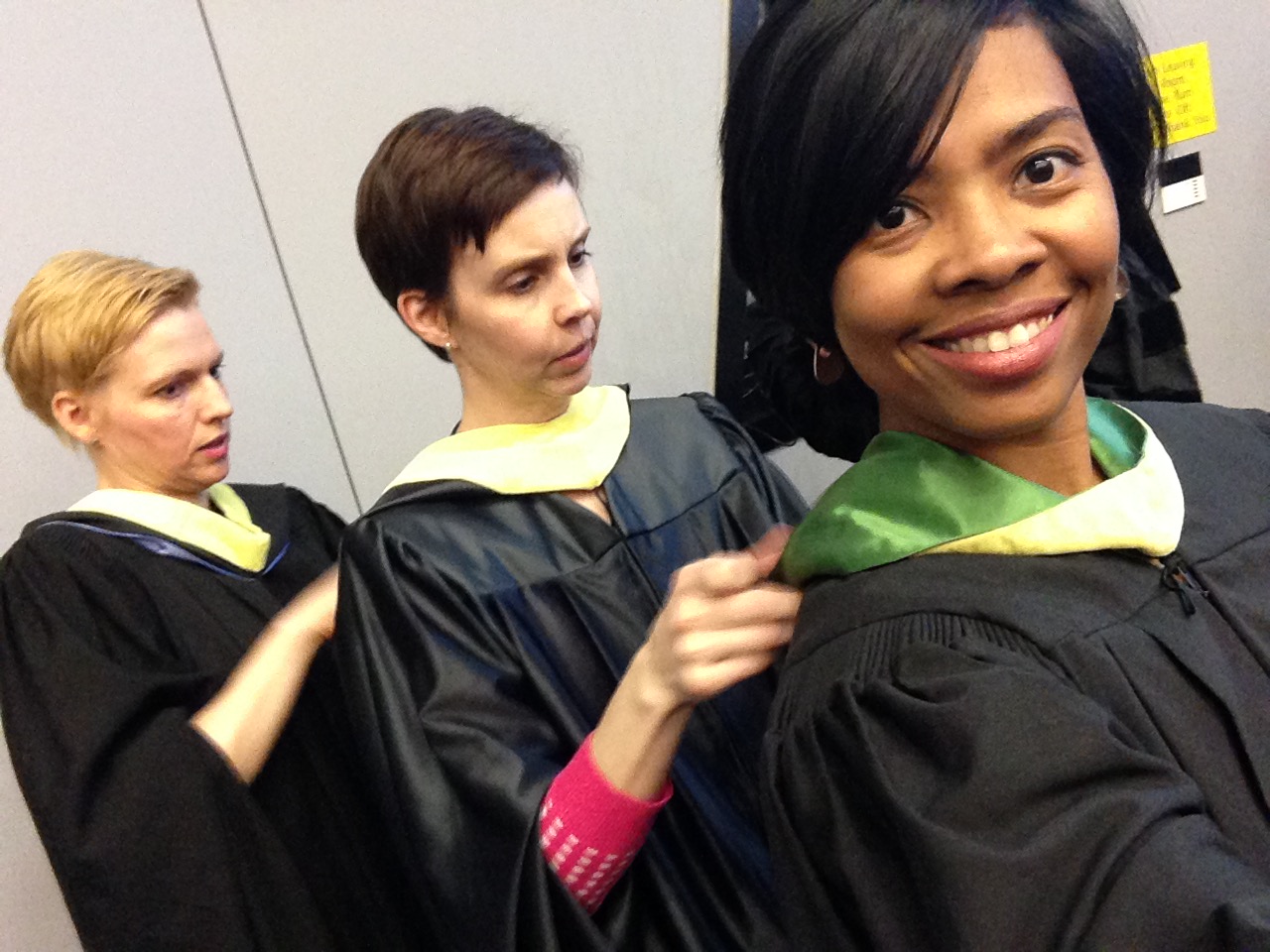
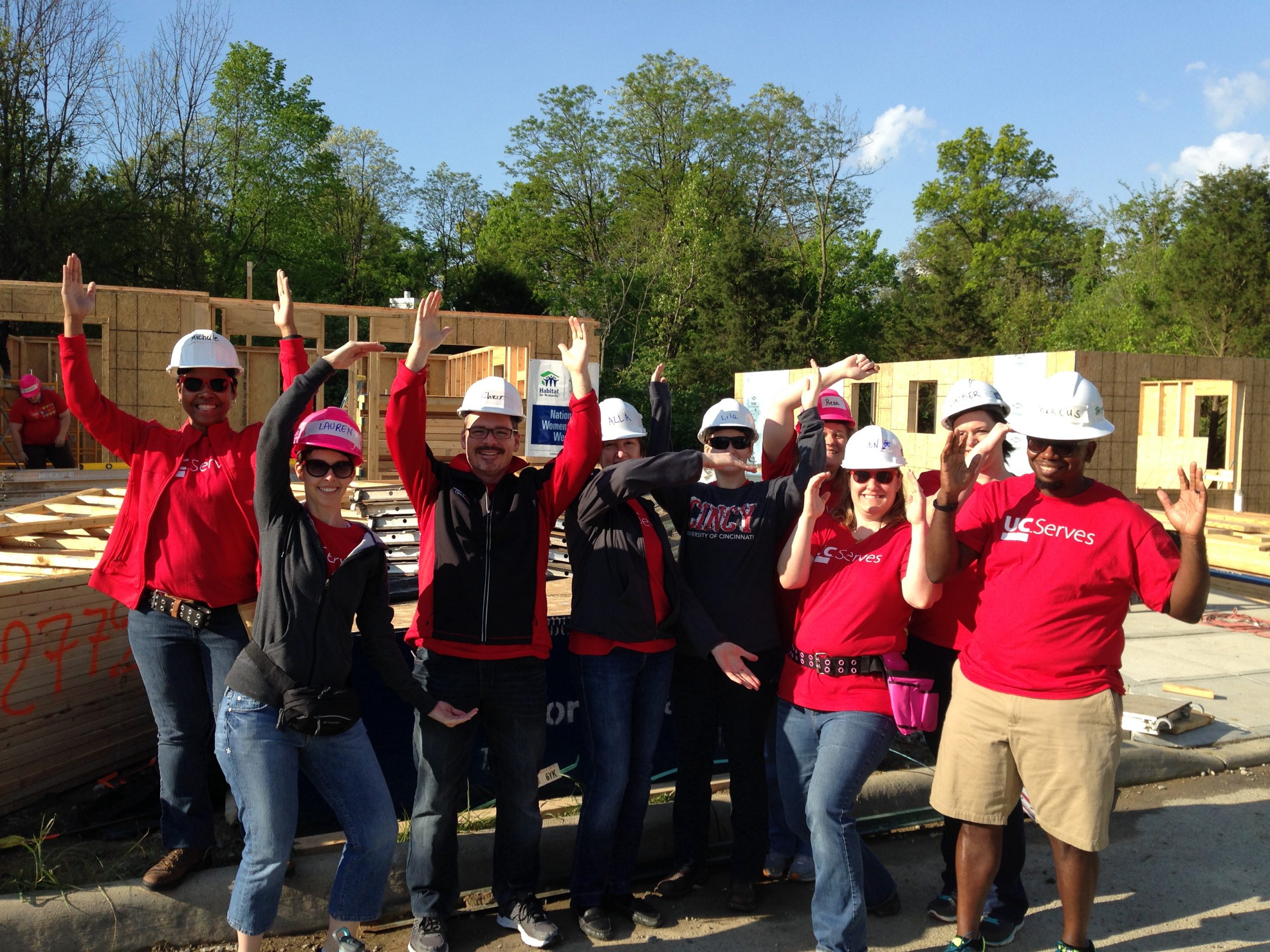

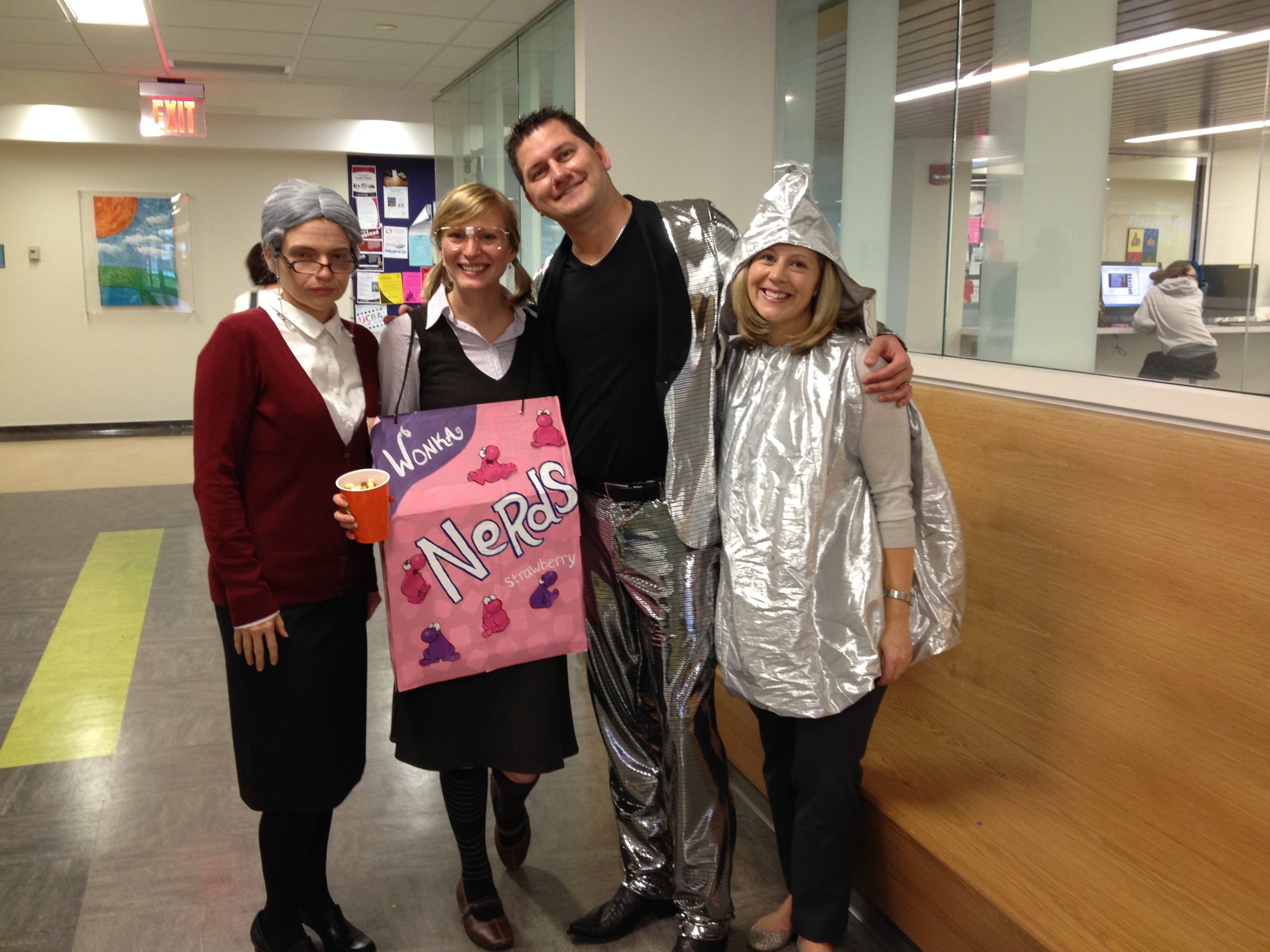

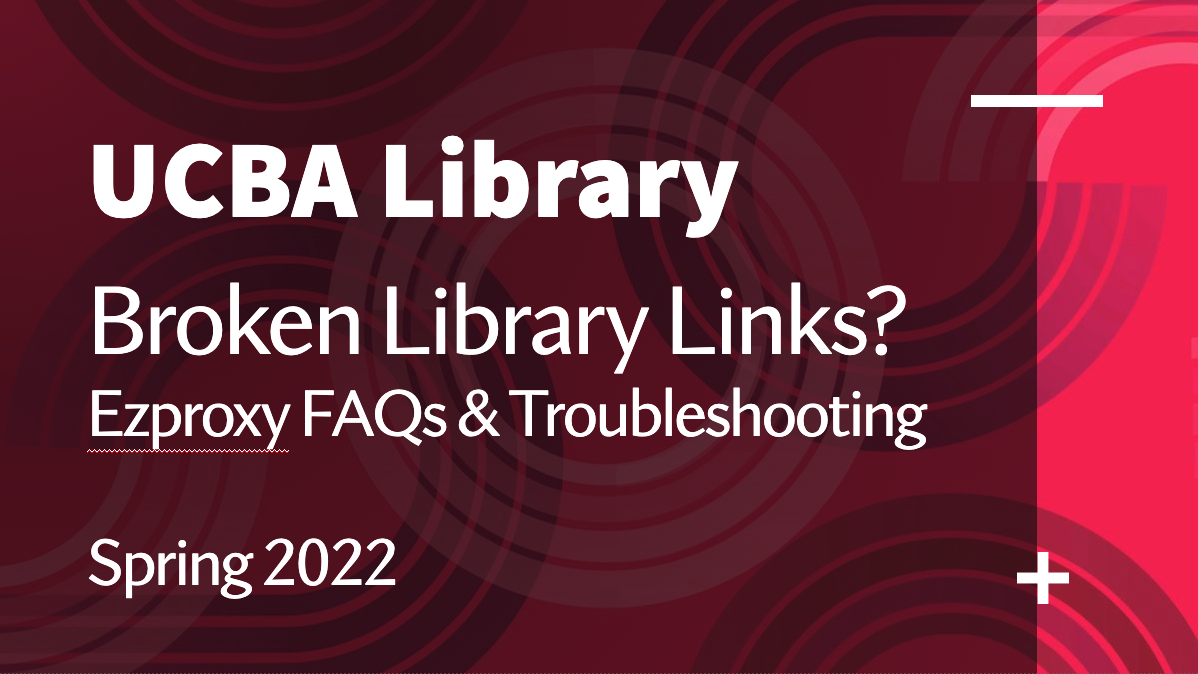 The library’s old proxy tool is no longer in use and old links should be reviewed and updated to ensure uninterrupted access. For questions,
The library’s old proxy tool is no longer in use and old links should be reviewed and updated to ensure uninterrupted access. For questions, 
